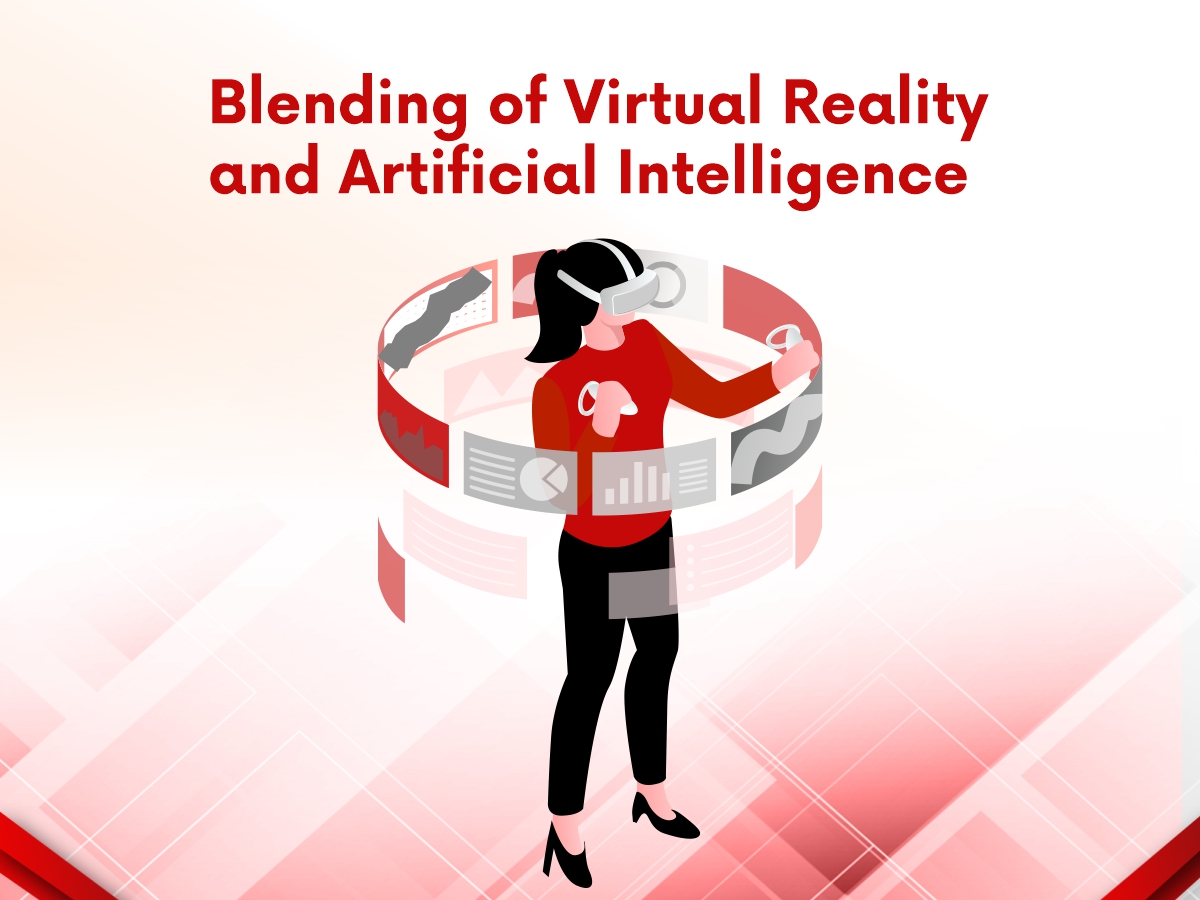
Virtual Reality and Artificial Intelligence aren’t technically new concepts; in fact, they’ve been around for quite some time. VR uses technology to create simulated environments in which we may immerse ourselves, whereas AI aspires to give technological devices the keen insight and perception of a responsive human. Significant progress has recently been achieved in enhancing VR and AI and combining them to create a single kind of technology with almost limitless possibilities.
AI improves AR/VR technologies in a variety of ways, including enhancing content quality, expanding and personalizing the user experience, and promoting more efficient user-technology interaction. Many startups and IT companies are already using AI-powered immersive technologies for these reasons. Here are a few examples to keep an eye on:
When it comes to AR/VR, gaming is probably the first thing that comes to mind, especially with the Pokémon Go craze that swept the globe a few years ago. Indeed, the creative sectors, ranging from video games to live events and video entertainment, have the highest demand for AR/VR technologies. AI could aid in the creation of more realistic gaming experiences and provide more options for gamers to interact with the digital world.
AI with AV can assist engineers with aviation maintenance issues by identifying which components of the plane require improvement and offering specific instructions on how to make those improvements using image recognition and deep learning technology.
© Copyright 2024 – Wissen Research All Rights Reserved.